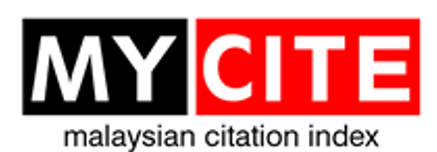Suitability of the Former Mamut Copper Mine for Nature-based Tourism: A Preliminary Visual Assessment of Site Conditions
DOI:
https://doi.org/10.51200/jtbc.v21i.5407Keywords:
Former Mamut Copper Mine, nature-based tourism, site suitability, tourism potential, visual assessmentAbstract
The Former Mamut Copper Mine (MCM) is a historical landmark rich in both aesthetic and cultural values, but from a scientific perspective, its potential for nature-based tourism remains unexplored. A visual rapid assessment was conducted at MCM, to examine its suitability for nature-based tourism, focusing on site accessibility, hazard levels, scenic visibility, and scenic beauty. Twenty locations with high aesthetic and/or historical values were visually investigated, based on the four specified criteria, utilizing a three-point rating score system. The assessment emphasized a moderate suitability level for nature-based tourism at MCM (Score = 2.337), with significant variations in suitability level observed between the 20 locations (χ2 = 32.36, p = 0.021). Twelve locations showing higher scores in site accessibility, hazard level, and scenic visibility were determined to be more suitable for nature-based tourism, when compared to the other eight locations. Both the Principal Component Analysis and Spearman’s Correlation test highlighted the significant influences of hazard level (ρ = 0.685, p < 0.001), accessibility (ρ = 0.652, p = 0.002), and scenic visibility (ρ = 0.685, p < 0.001) on the suitability of MCM for nature-based tourism, in comparison to site scenic beauty (ρ = 0.203, p = 0.381). These findings provide new insights highlighting the high suitability of MCM for nature-based tourism. Additionally, this research uncovers safety concerns, rendering public access and the carrying out of recreational activities at MCM, currently infeasible. Management authorities are urged to prioritize efforts that reduce hazard levels and enhance the quality and accessibility of local attractions in future.
Published
How to Cite
Issue
Section
License
BY: credit must be given to the creator.
NC: Only noncommercial uses of the work are permitted.
This journal provides open access to its content under CC BY-NC 4.0 on the principle that making research freely available to the public supports greater international collaboration and information exchange.












